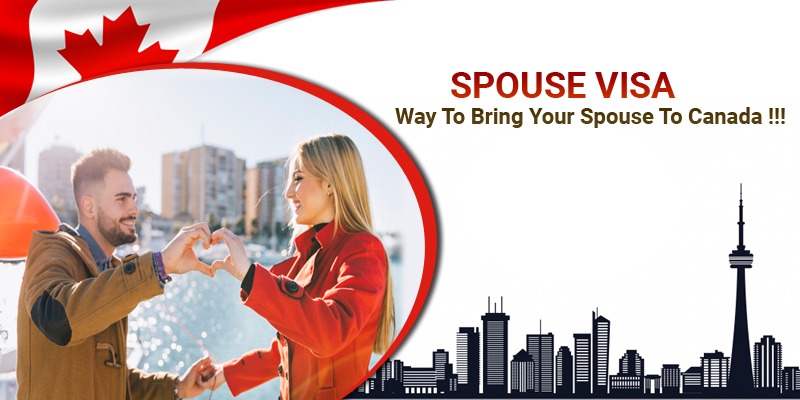Advertisements
An Australian marriage visa, also known as a Partner Visa, allows the spouse or de facto partner of an Australian citizen, Australian permanent resident, or eligible New Zealand citizen to live in Australia. Here’s a detailed guide on the different types of Partner Visas and the application process:
Types of Australian Partner Visas
- Partner (Temporary) Visa (Subclass 820) and Partner (Permanent) Visa (Subclass 801):
- For partners who are already in Australia.
- The Subclass 820 is a temporary visa leading to the permanent Subclass 801 visa.
- Partner (Provisional) Visa (Subclass 309) and Partner (Migrant) Visa (Subclass 100):
- For partners who are outside Australia.
- The Subclass 309 is a provisional visa leading to the permanent Subclass 100 visa.
Eligibility Requirements
- Relationship Status:
- You must be married or in a de facto relationship with an Australian citizen, Australian permanent resident, or eligible New Zealand citizen.
- If married, the marriage must be valid under Australian law.
- For de facto partners, you must have been in the relationship for at least 12 months unless there are exceptional circumstances.
- Genuine Relationship:
- You must prove that your relationship is genuine and continuing.
- Age:
- Both partners must be at least 18 years old at the time of application.
Application Process
- Prepare Documents:
- Gather required documents, including identity documents, relationship evidence (e.g., joint bank accounts, lease agreements, photos together), character documents (police certificates), and health documents.
- Lodge the Application:
- Apply online through the Department of Home Affairs website.
- For onshore applications, lodge the Subclass 820 and Subclass 801 applications together.
- For offshore applications, lodge the Subclass 309 and Subclass 100 applications together.
- Pay the Visa Fee:
- Pay the applicable visa application charge. This can be a significant amount, so ensure you check the current fee on the Department of Home Affairs website.
- Health and Character Checks:
- Undergo mandatory health examinations.
- Provide police certificates from all countries where you have lived for 12 months or more in the past 10 years.
- Visa Processing:
- The processing time can vary, often taking several months to over a year.
- You may be asked to provide additional information or attend an interview.
- Temporary Visa Grant:
- If you meet the initial criteria, you will be granted a temporary visa (Subclass 820 or Subclass 309).
- This allows you to live and work in Australia while your permanent visa is processed.
- Permanent Visa Processing:
- After a waiting period (usually two years from the date of the initial application), your permanent visa (Subclass 801 or Subclass 100) will be processed.
- You need to provide updated evidence of your ongoing relationship.
- Permanent Visa Grant:
- If you meet all criteria, you will be granted a permanent visa, allowing you to live in Australia indefinitely.
Additional Tips
- Documentation: Ensure all forms are completed accurately and all required documents are submitted.
- Legal Advice: Consider consulting with a migration agent or immigration lawyer to navigate the process more smoothly.
- Processing Times: Stay informed about current processing times, which can vary.
- Relationship Evidence: Collect and organize substantial evidence of your relationship, including financial, social, household, and commitment aspects.
- Sponsor Requirements: The sponsoring partner must meet certain requirements, including being an Australian citizen, permanent resident, or eligible New Zealand citizen.
By carefully following these steps and providing comprehensive evidence of your relationship, you can successfully obtain an Australian marriage visa and begin your life together in Australia.
Advertisements

